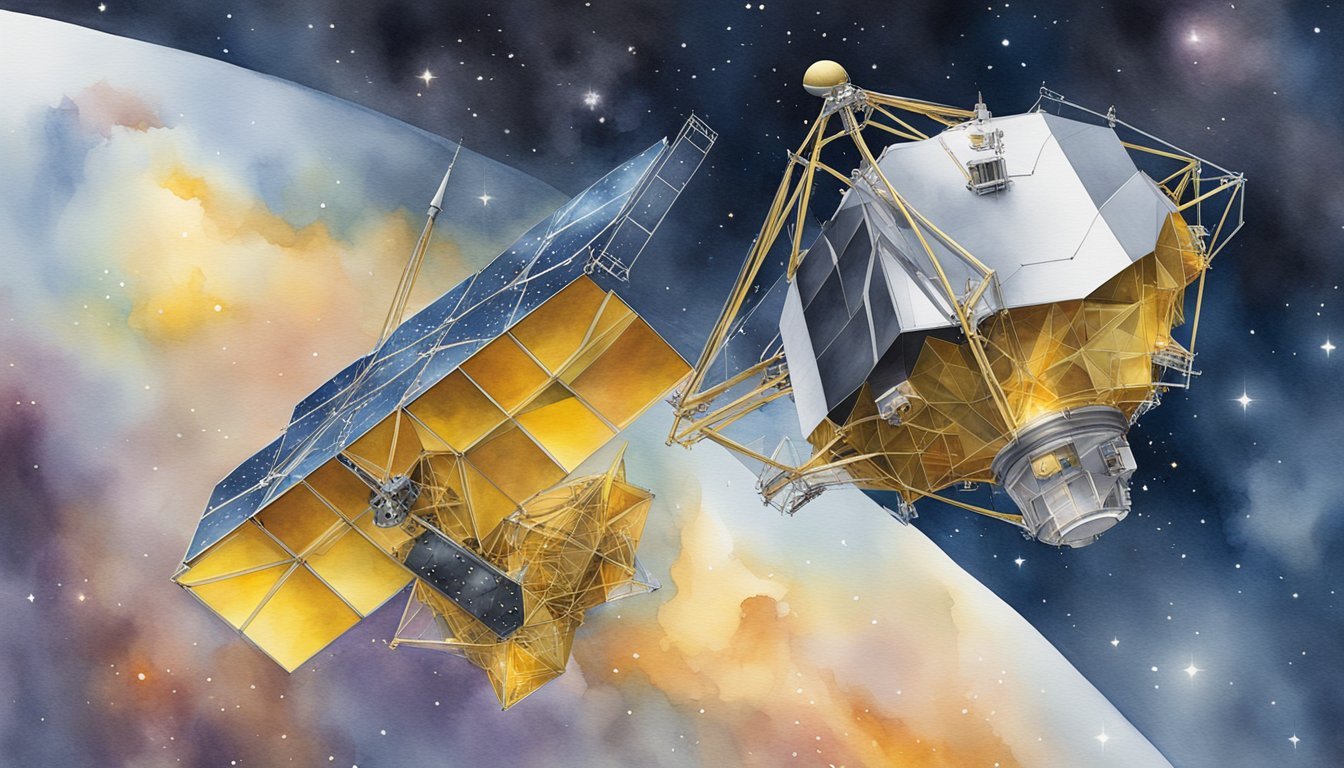Exploring the Universe with James Webb Space Telescope Images
The James Webb Space Telescope (JWST) is opening new windows into the universe, capturing unprecedented images that allow astronomers to study remote galaxies, distant stars, and the very origins of our cosmos with remarkable clarity.
James Webb Space Telescope’s Milestones
Since its launch in 2021 by NASA, in partnership with the European Space Agency (ESA), the James Webb Space Telescope has been at the forefront of astronomical discovery. After its successful deployment and a meticulous mirror alignment process, 2022 marked the year when Webb’s first science images enlightened the world with views such as the deepest infrared image of the universe through the galaxy cluster SMACS 0723. In 2023 and continuing into 2024, the observatory has expanded our understanding of star formation and the broader universe.
Science Images: Window into the Cosmos
Webb’s advanced imaging capabilities have translated into a treasure trove of data. The telescope’s infrared light observations pierce through cosmic dust, revealing stars and galaxies in a way never seen before. The first images made public in 2022 included detailed views of the Southern Ring Nebula and Stephan’s Quintet. The Pillars of Creation within the Eagle Nebula, famous for its appearance in previous space telescope imagery, has been showcased again in new light by Webb, offering insights into Milky Way’s star-forming regions. The observatory’s deep field images have captured galaxies that formed shortly after the Big Bang, illustrating the universe’s evolution over billions of years and laying the groundwork for a revolution in our understanding of the cosmos through Webb science images.
Engaging the World with Webb’s Discoveries

The James Webb Space Telescope (JWST) has captivated audiences worldwide with its unprecedented astronomical images and significant scientific findings. These discoveries are not only pivotal for the scientific community but also for inspiring public interest in space and astrophysics.
Webb in the Media and Online Presence
Since its launch, JWST has garnered extensive coverage in the news, highlighting its role as Hubble Space Telescope’s powerful successor. Media outlets feature high-resolution images and the story of Webb’s build, detailing the intricacies and engineering milestones that made this mission possible. The Space Telescope Science Institute, which operates the telescope, regularly updates their image galleries, providing the world with mesmerizing visuals of cosmic features. Popular image galleries, such as those found on ESA’s Webb portal, offer easily accessible content, increasing the telescope’s online presence alongside hashtags like #UnfoldTheUniverse.
Educational Resources and Public Outreach
Educational activities and public outreach are core components of engaging the world with Webb’s mission. The JWST team provides a wealth of resources, including detailed image captions and descriptions, allowing both educators and the curious public to explore the universe’s depths. On platforms like Flickr, the team shares multimedia content that complements the scientific data, helping to further weave the fascinating narrative of Webb’s contributions to astronomy. Regular updates invite the public to be part of this groundbreaking mission, turning complex science into a shared human story celebrated around the world.

